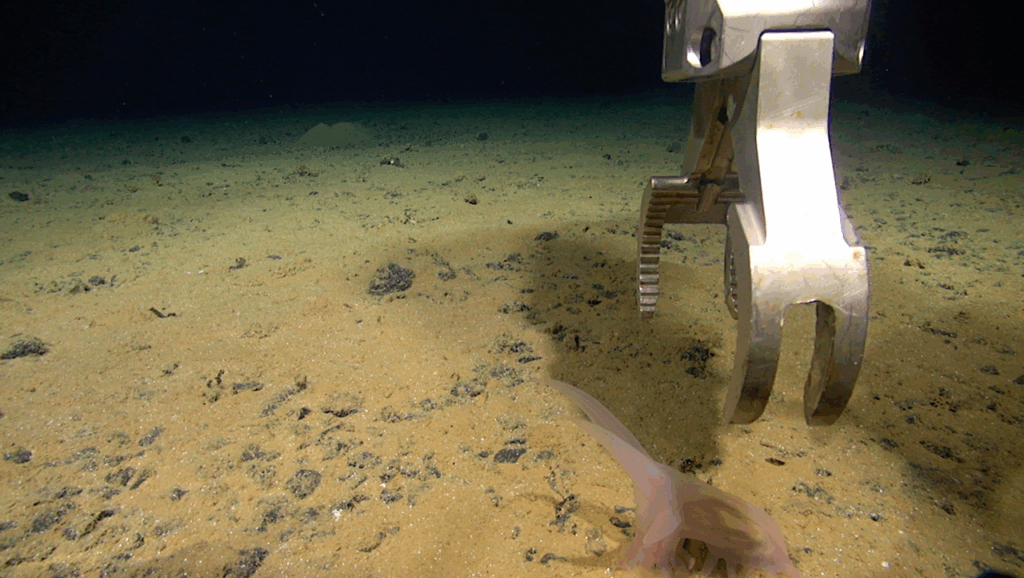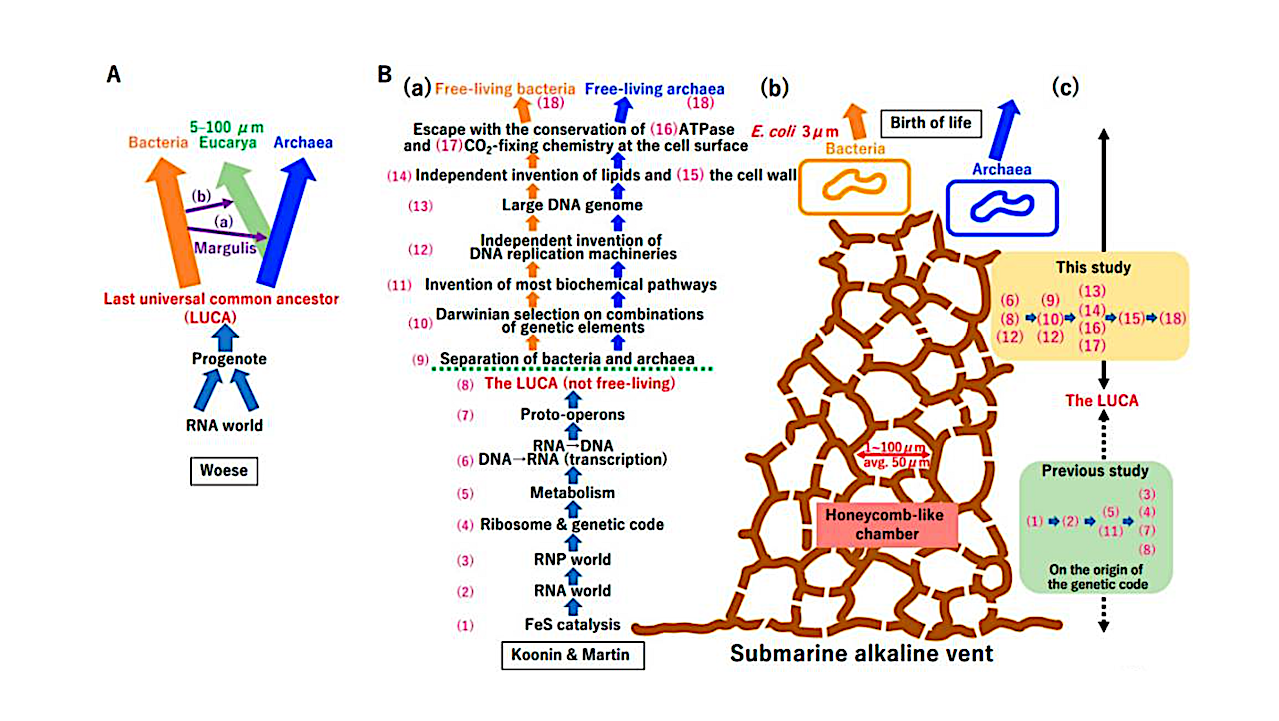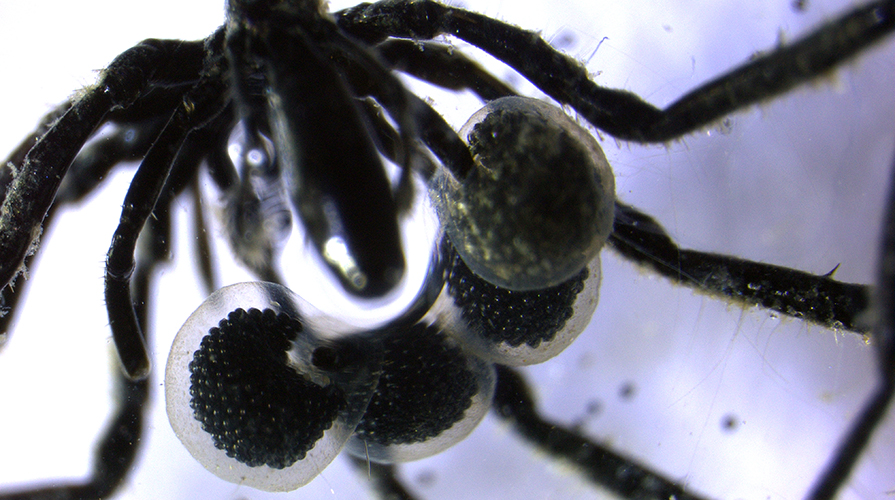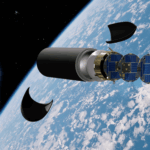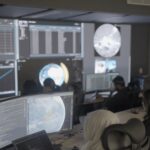Now Reading: Exploring The Potential Of A Bioassembler For Protein Crystallization In Space
-
01
Exploring The Potential Of A Bioassembler For Protein Crystallization In Space
Exploring The Potential Of A Bioassembler For Protein Crystallization In Space
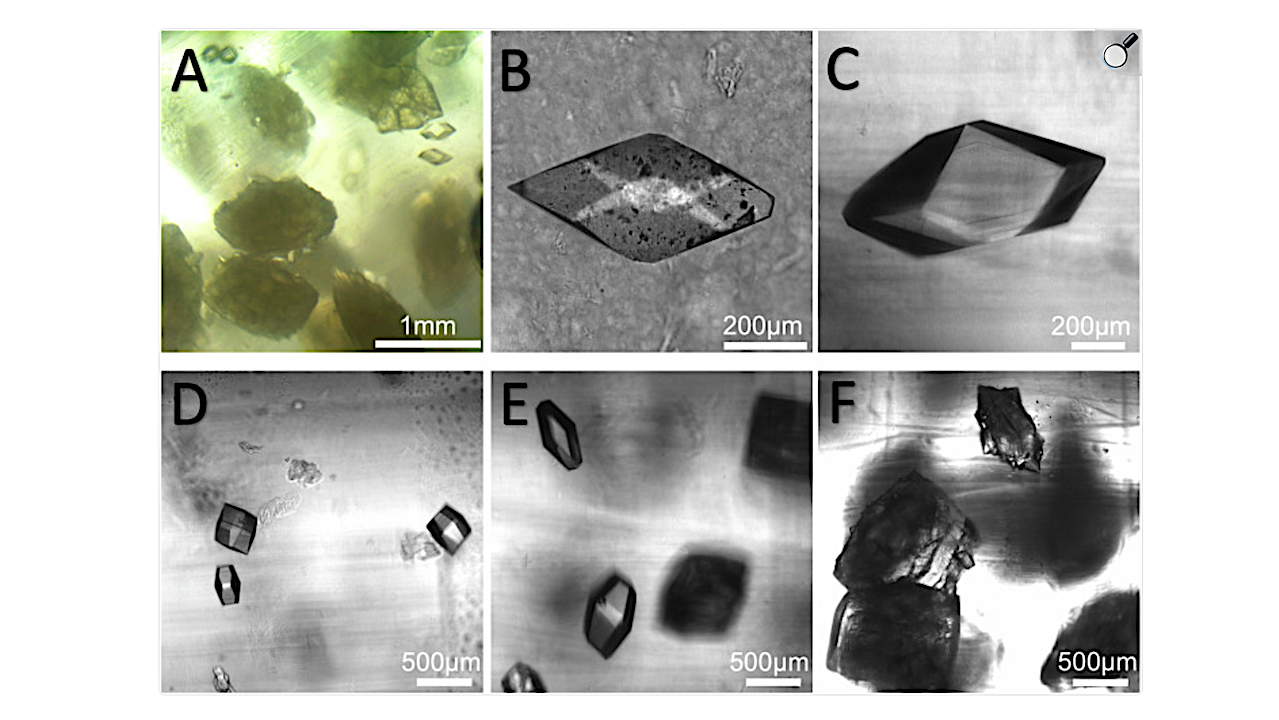

A Crystals in a cuvette with a 60 mg/ml protein concentration. The image was obtained by the camera installed in the bioassembler “Organ.Aut” on the ISS. B, C Typical crystals selected respectively from Earth and space for crystallographic data collection. D–F Crystals obtained in space in the cuvettes with 10, 30, and 60 mg/ml protein concentrations. B–F were obtained on Earth with the Nikon microscope. — NPJ Microgravity via PubMed
Protein crystallization holds paramount significance in structural biology, serving as a pivotal technique for unveiling the three-dimensional (3D) architecture of proteins.
While microgravity conditions in space offer distinct advantages for high-quality protein crystal growth by mitigating the influences of gravity and convection, the development of reliable techniques for protein crystallization in space with precise control over the crystallization process and its meticulous inspections remains a challenge.
In this study, we present an innovative bioassembler—specifically, the ‘Organ.Aut’—which we successfully employed to crystallize protein in space. The bioassembler ‘Organ.Aut’ produced highly ordered crystals diffracted to a true-atomic resolution of ∼1 Å.
These data allowed for a detailed examination of atomic structures, enabling thorough structural comparisons with crystals grown on Earth.
Our finding suggests that the bioassembler ‘Organ.Aut’ stands as a promising and viable option for advancing protein crystallization in space.

A Cuvette preparation procedure. The cuvette is consequently filled with agarose plug, protein solution, and precipitant. B Six cuvettes are loaded in the transportation box and delivered to the ISS with the Soyuz MS-14 spacecraft. The box also contains a thermologger that continuously records the temperature. C Key stages of the experiment performed aboard the ISS. The cuvettes are loaded into the bioassembler “Organ.Aut” to sustain the crystallization process for 10 days. Three video cameras are installed on the bioassembler to capture the crystallization process. D Transportation of the cuvettes with the crystals in the transportation box back to Earth with the Soyuz MS-14 spacecraft. The data from the thermologger are shown in blue. Figure adapted from previous work10. — NPJ Microgravity via PubMed
Exploring The Potential Of A Bioassembler For Protein Crystallization In Space, NPJ Microgravity via PubMed (open access)
Astrobiology, Biotechnology, Microgravity,
Stay Informed With the Latest & Most Important News
Previous Post
Next Post
-
 012024 in Review: Highlights from NASA in Silicon Valley
012024 in Review: Highlights from NASA in Silicon Valley -
 02Panasonic Leica Summilux DG 15mm f/1.7 ASPH review
02Panasonic Leica Summilux DG 15mm f/1.7 ASPH review -
 03From Polymerization-Enabled Folding and Assembly to Chemical Evolution: Key Processes for Emergence of Functional Polymers in the Origin of Life
03From Polymerization-Enabled Folding and Assembly to Chemical Evolution: Key Processes for Emergence of Functional Polymers in the Origin of Life -
 04How New NASA, India Earth Satellite NISAR Will See Earth
04How New NASA, India Earth Satellite NISAR Will See Earth -
 05And Thus Begins A New Year For Life On Earth
05And Thus Begins A New Year For Life On Earth -
 06Astronomy Activation Ambassadors: A New Era
06Astronomy Activation Ambassadors: A New Era -
07SpaceX launch surge helps set new global launch record in 2024














